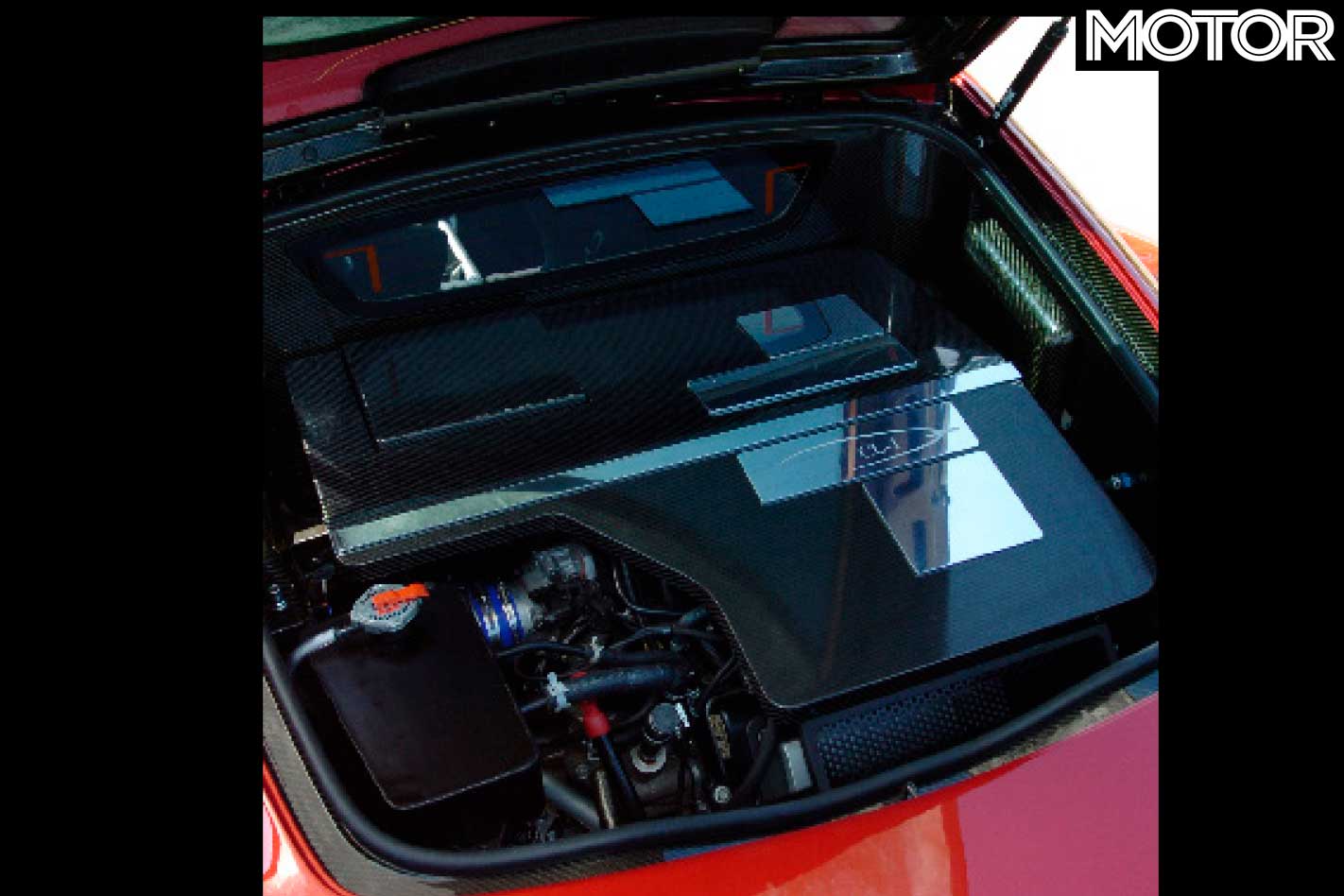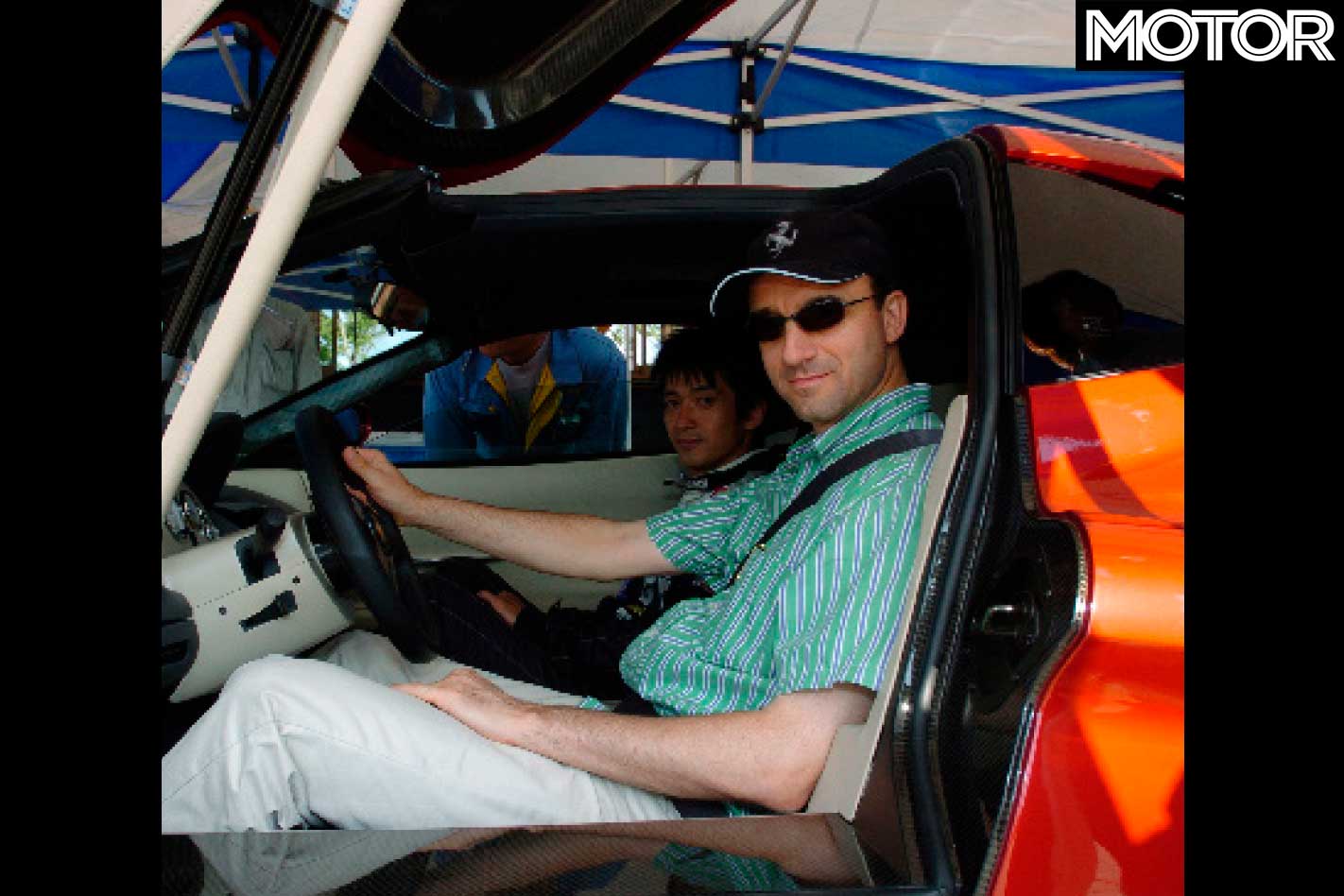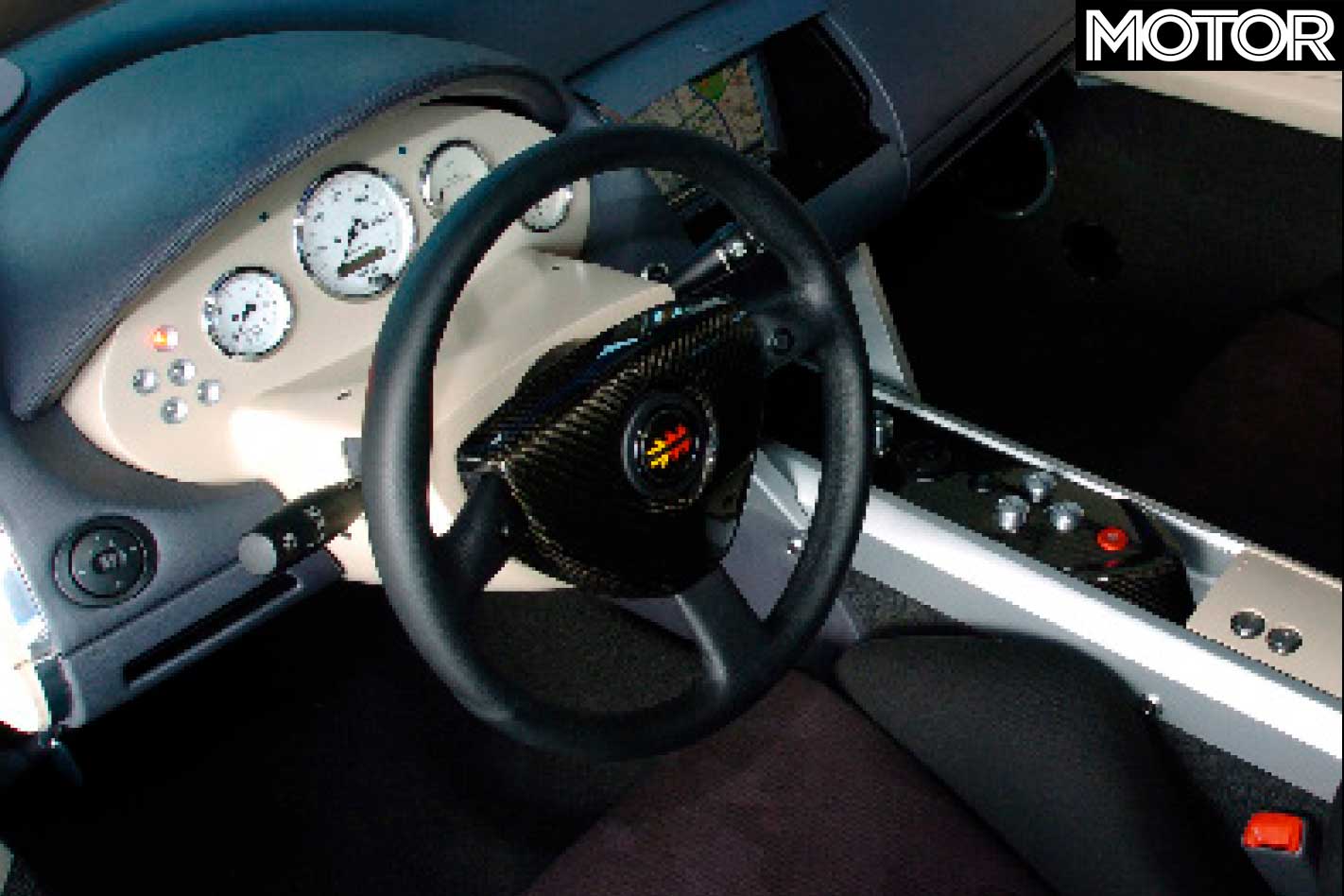Every once in a while, you get to drive something quite special. This is one of those times.
This review was originally published in MOTOR’s December 2004 issue
MOTOR was invited to participate, at a secret location, in the first shakedown of the Le Mans CL-1 prototype – one of the most un-Japanese sports cars we’ve seen.

The C in the name is a combination of ideas from two sources; from US-based engine tuner Caldwell Development Inc, the company which tuned the car’s engine, and the word challenge. The L comes from Le Mans. And the 1 refers to its first prototype.
First impressions were startling. A lightweight 1174kg draped in a rich ruby colour, the Le Mans CL-1 employs definite design hints from the Ferrari 360’s rump, and even the legendary Dino 246’s silhouette.

Its non-functional side ducts also appear to derive inspiration from the original 1950s Corvette. But amazingly, Le Mans Co has incorporated these well-known designs to create a style all of its own.
Unable to display its products in public due to the covert nature of what it makes, Le Mans Co wanted to be able to show the public and other interested parties (possible investors) just what it can do. It wants to show that it has the skills and know-how to build a great sportscar, and is seeking the collaboration of a car company or tuner to realise this dream.
CL-1 project director Junichi Katagiri says that, “ideally, we would like to join forces with a British company and take the CL-1 to the next step in the home of the backyard builder.”

This company has a history of racing triumphs, including back-to-back titles in 2001-02 in the JGTC in the Esso Ultraflo Supra.
The build quality of this one-off is stunning. Costing around $900,000 to build, it employs a carbon fibre body and leather interior. Le Mans is also known in Japan as designer of the rear diffuser fitted to the R34 Skyline GT-R, and we can see a similar application on the CL-1. The CL-1 sits on a Group C race car-type space frame, similar to that of the Group C cars that Le Mans ran in the 1980s.
Powered by an Oldsmobile Intrigue 3.5-litre DOHC V6 engine, well-known American engine tuner CDI stepped in to tweak the V6 from its standard 160kW to a healthy 209kW. To save development money, but still a surprise for this type of track-focused car, the CL-1 also employs the same four-speed auto gearbox as the Intrigue.

There’s little doubt that the mid-engined CL-1 is the most refreshing piece of automotive inspiration we have seen from a Japanese company since Mazda’s M2 design centre went bust in the mid-’90s.
But why fit a GM V6 to the CL-1? As Katagiri says, “if you use a Nissan or Toyota engine, as other Japanese companies have done (like Autobacs), you can’t help but be strongly linked to that car maker. But our end goal will be to employ something like a Nissan 3.5-litre V6 with a five or six-speed auto/tiptronic-style transmission, because we believe that this car is targeted at an adult sportscar enthusiast who prefers autos.”
FAST FACTS Engine: 3.5-litre V6 DOHC 24-valve Power: 209kW Weight: 1174kg Drive: rear-wheel Price: $900,000 (for the prototype)
Test Drive

Opening the gull-wing doors, we were surprised by the protruding door support dampers. But, as Katagiri says, these were needed to support the doors in this unusual gull-wing construction.
Once in the driver’s seat, you are surrounded by ivory-coloured leather. Le Mans has spared no expense to impress with this car, its leather interior costs around $12,000. And yours truly was delighted to see that his 190cm frame had plenty of room all around.
Similar in cockpit space to the Lamborghini Gallardo, I found loads of headroom, legroom and elbowroom. This is a good sign for a company that wants to take its development project overseas.

Turn the ignition key and the V6 springs to life. But, surprisingly, where the auto shift knob would normally be, Le Mans’ designers have employed a gear selector no bigger than the volume knob on a car radio.
As it is based on a Group C race car space frame and employs Koni dampers and Eibach springs, believe us when we say its ride is very stiff.
On the road, the CL-1’s steering was a bit heavy, due to the power steering having been disconnected, yet it turns in superbly with almost no body roll. While we were not able to experience the car’s full potential on the day, tuned to 209kW, the 3.5-litre, V6 DOHC with 24-valves, generates adequate acceleration, and the six-pot AP brake calipers on the front and four-pots on the rear stop the CL-1 quickly and surely, while the Bridgestone S-03 tyres provide plenty of grip.
Although we only got a few laps in the CL-1, we left the test track feeling hopeful for this company that spends most of its life in secret. The covers are off, Le Mans has come out, and what a way to do it.





